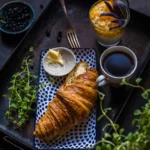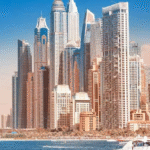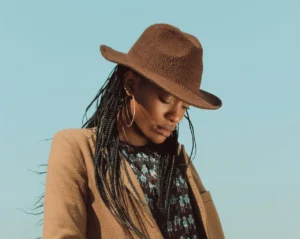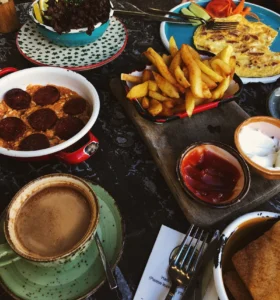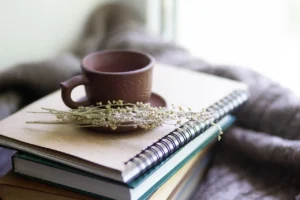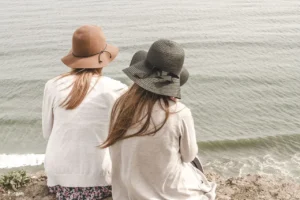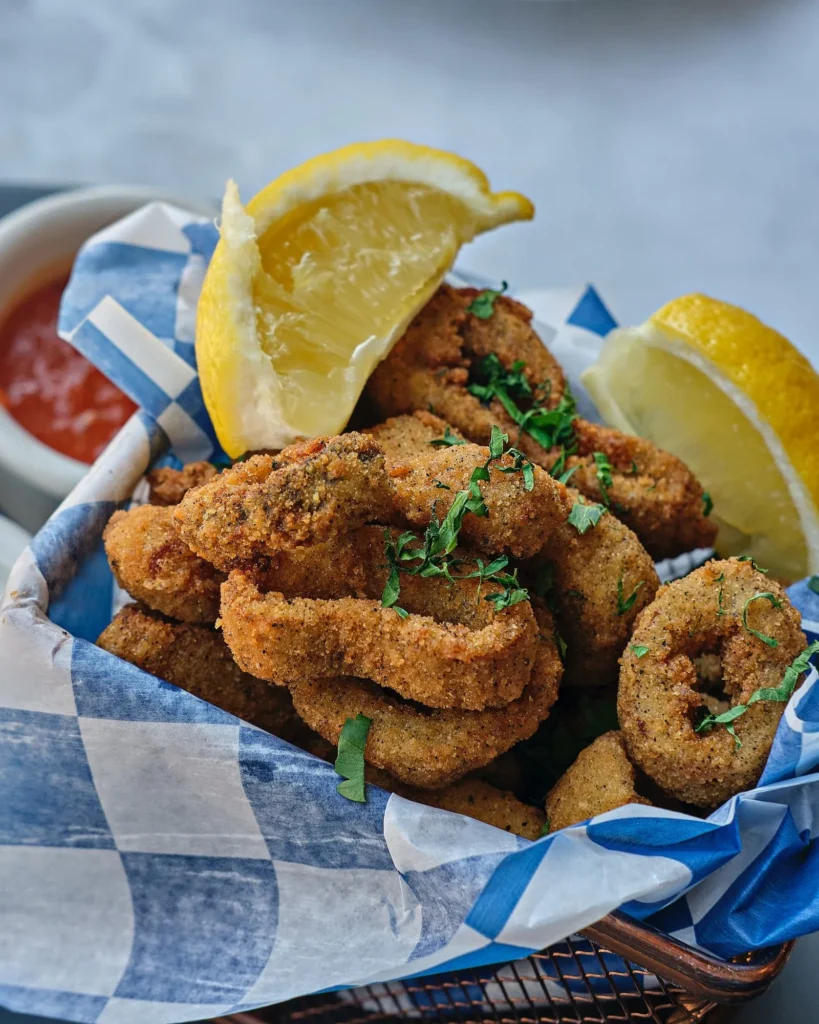Now Reading: Emirati Clothing Secrets: Why Their Traditional Fashion Still Inspires the World 2025
-
01
Emirati Clothing Secrets: Why Their Traditional Fashion Still Inspires the World 2025
Emirati Clothing Secrets: Why Their Traditional Fashion Still Inspires the World 2025
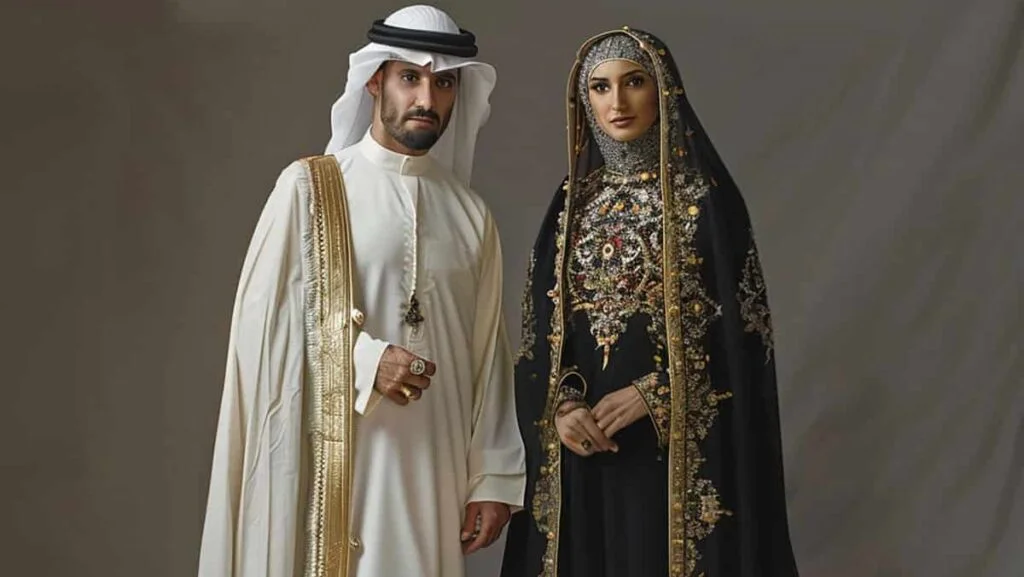
Table of Contents
The United Arab Emirates (UAE) is famous worldwide for its futuristic skyscrapers, luxury cars, and rich oil economy. However, what truly reflects the nation’s identity is something far older and more meaningful – Emirati clothing. This traditional attire tells a story of history, culture, religion, and pride, making it a fascinating subject not just for visitors, but for fashion lovers worldwide.
In this article, we explore the origins, meaning, evolution, and modern influence of Emirati clothing. We also highlight how this traditional fashion continues to inspire global trends while keeping its deep cultural roots intact.
A Glimpse into Emirati Tradition: What is Emirati Clothing?
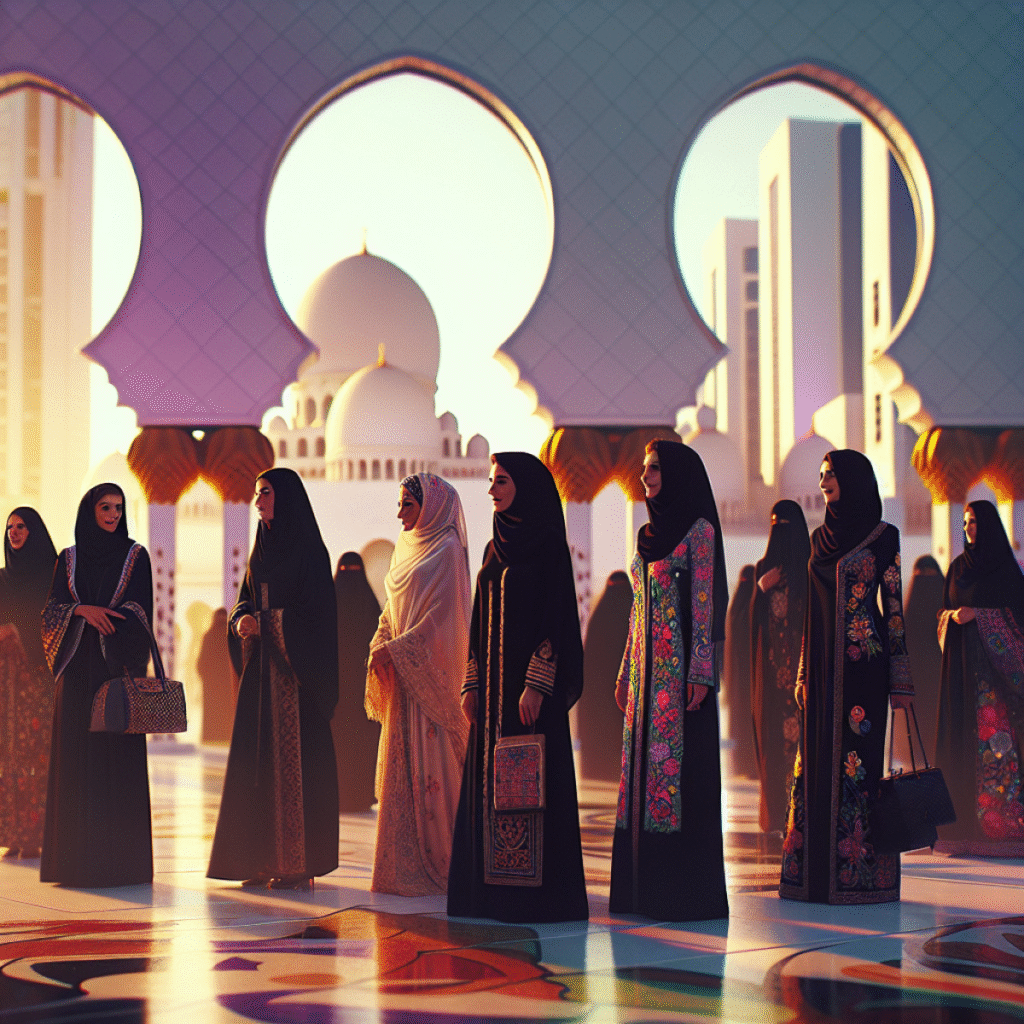
Emirati clothing is more than just daily wear; it is a symbol of respect, modesty, and national pride. The attire follows Islamic principles, reflecting the culture of the Gulf region.
For Emirati men, the most common traditional dress is the Kandura (also called Dishdasha or Thobe) – a long, flowing white robe made from light fabric. It is often paired with a headscarf called the Ghutra or Keffiyeh, usually white or checkered in red and white, secured by a black rope band called the Agal.
For Emirati women, the primary dress is the Abaya – a long, black cloak worn over clothes, often decorated with embroidery, sequins, or lace. Women also wear a Shayla, a stylish scarf used to cover the hair.
The purpose behind this attire is not just modesty but also practicality, as these clothes are designed to protect against the UAE’s hot desert climate while maintaining elegance and grace.
The Deep Meaning Behind Each Piece
Every part of Emirati clothing has meaning:
- Kandura (for men): Symbolizes cleanliness, modesty, and equality among men. Traditionally white, but can also appear in other neutral colors in winter.
- Ghutra and Agal (for men): These protect against the sun and sand. In the past, they were essential for survival in desert life.
- Abaya (for women): A sign of modesty and respect, but also a canvas for personal style. Today’s Abayas come in various fashionable designs and materials.
- Shayla (for women): Offers coverage for the head and hair, but many women personalize it with luxury fabrics or detailed patterns.
A Changing Fashion Landscape: Modern Emirati Clothing
Over the years, Emirati clothing has adapted to modern times, blending tradition with fashion trends. Young Emiratis, especially women, have started adding colorful embroidery, designer brands, and modern cuts to their Abayas, making them fashionable while still respecting cultural norms.
Similarly, men’s Kanduras are now available in shades like grey, cream, and light blue, with slight changes in stitching or collar design for a modern look.
Many famous Emirati designers such as Huda Al Nuaimi and Hessa Al Falasi are now leading this fusion of traditional and modern wear, gaining international recognition. Their collections include modernized Abayas, evening gowns, and accessories inspired by local fashion but designed for the global market.
Emirati Clothing in Festivals and Special Occasions
During important events like Eid, National Day, and weddings, Emiratis wear their finest traditional clothes. Men may wear Kanduras made from richer fabrics or darker shades, while women choose decorated Abayas, adding jewelry, perfumes, and sometimes the traditional Bisht – a cloak worn over the Abaya.
At weddings, the bride may wear an elaborately embroidered Thobe Al Nashal, a traditional dress rich in gold and silver thread, especially popular in the past.
Even children join this tradition, wearing mini versions of the Kandura and Abaya during festivals.
Tourists Love Emirati Clothing Too
Visitors to the UAE are increasingly showing interest in Emirati clothing. Many tourists try on Kanduras or Abayas during desert safaris or cultural tours, enjoying the feel of traditional Emirati fashion.
Fashion designers around the world have also been inspired by the simple elegance of the Kandura and Abaya. International fashion houses like Dolce & Gabbana and DKNY have released modest collections inspired by Middle Eastern attire.
This has helped spread “modest fashion” globally, proving that traditional styles like Emirati clothing can be timeless and trend-setting at the same time.
Rules and Etiquette for Wearing Emirati Clothing
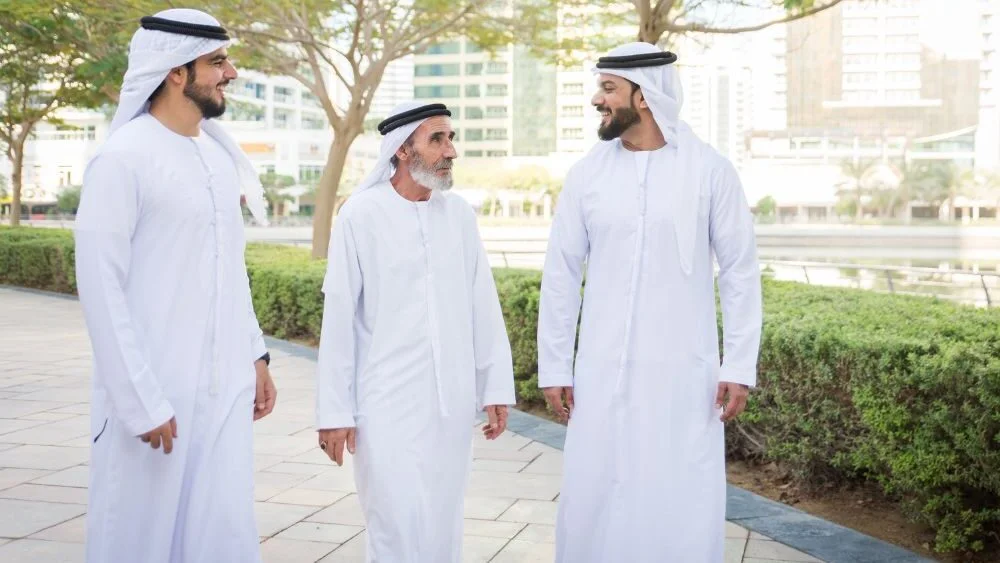
While Emirati clothing is beautiful and elegant, it also carries important cultural rules. These include:
- Modesty: Clothes must not be tight or revealing.
- Respect: Men and women should dress according to local customs, especially in public places or mosques.
- Cleanliness: As a sign of respect in Islam, clothes should be clean and well-kept.
For tourists or expatriates living in the UAE, understanding and respecting these clothing traditions is a way to show cultural appreciation.
Conclusion: A Style Rooted in Culture and Future Fashion
Emirati clothing is not only about tradition; it represents a unique blend of history, religion, climate, and modern creativity. The balance between old and new has made this style stay strong in a world of fast-changing fashion trends.
As the world grows more interested in modest fashion, Emirati clothing offers lessons in elegance, functionality, and cultural pride. Whether you are a tourist, a designer, or simply curious about world fashion, Emirati clothing is a treasure worth exploring.
Read More:- Shobha Realty Launches Its Most Luxurious Project Yet—Full Details Inside 2025










